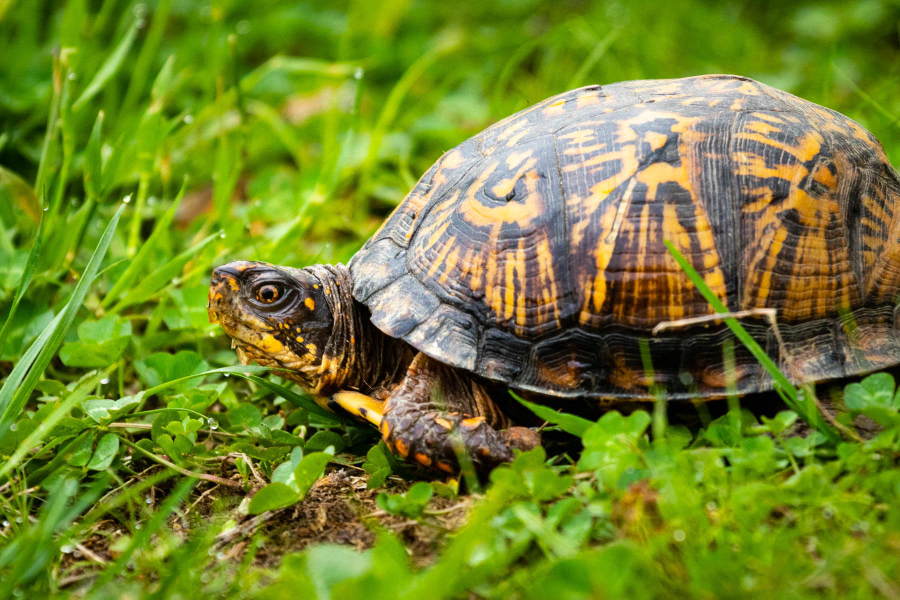Slow and steady
Animals with long lifespans are in no hurry to grow up

Turtles, from the massive loggerhead to the little eastern box turtle, are well-known for their long lives. Box turtles usually live to be 40 years old, but can live more than 100 years. Because of their ability to retreat into their shell, adult box turtles have few predators. On top of that, they can safely eat poisonous mushrooms, making their own flesh deadly if consumed by predators.
Turtles aren’t the only ones with long lives, and there are plenty of animals that can live for multiple decades. Here are three examples of other long-lived critters:
- Barred owl: One of the largest and most common owls in the region, the barred owl can live to be more than 30 years old. They are cavity nesters, meaning that they live in holes in trees. When humans or predators interferer with their nests, barred owls will create a distraction elsewhere by hooting, pretending to be injured or attacking.
- Spiny dogfish: This shark is a visitor to the lower Chesapeake Bay and Potomac River and mates in offshore waters during the winter. Once the eggs are fertilized, a protective shell forms and protects the embryo. After four to six months, the shells are shed and the young gestate for 18 to 20 more months, spending a total of two years in the womb. An average of six pups are born at a time, usually living to be between 20 and 24 years old, although some have reached 50.
- Atlantic sturgeon: This prehistoric fish has existed for more than 120 million years and was around when dinosaurs roamed the earth. The Atlantic sturgeon can grow to be six feet in length and live to be more than 60 years old. They are anadromous, meaning that they live in the ocean and spawn in freshwater rivers. Once hatched, juveniles stay in their natal river for as long as six years before moving into the Bay’s open waters and eventually the ocean. Males do not reach sexual maturity until they are at least 10 years old, and females take nearly 20 years to mature.
Learn about these animals and more in our Field Guide.

Comments
thank you for all these wonderful facts and this was published on my brothers birthday so thank you times 2
Thank you!
Your comment has been received. Before it can be published, the comment will be reviewed by our team to ensure it adheres with our rules of engagement.
Back to recent stories